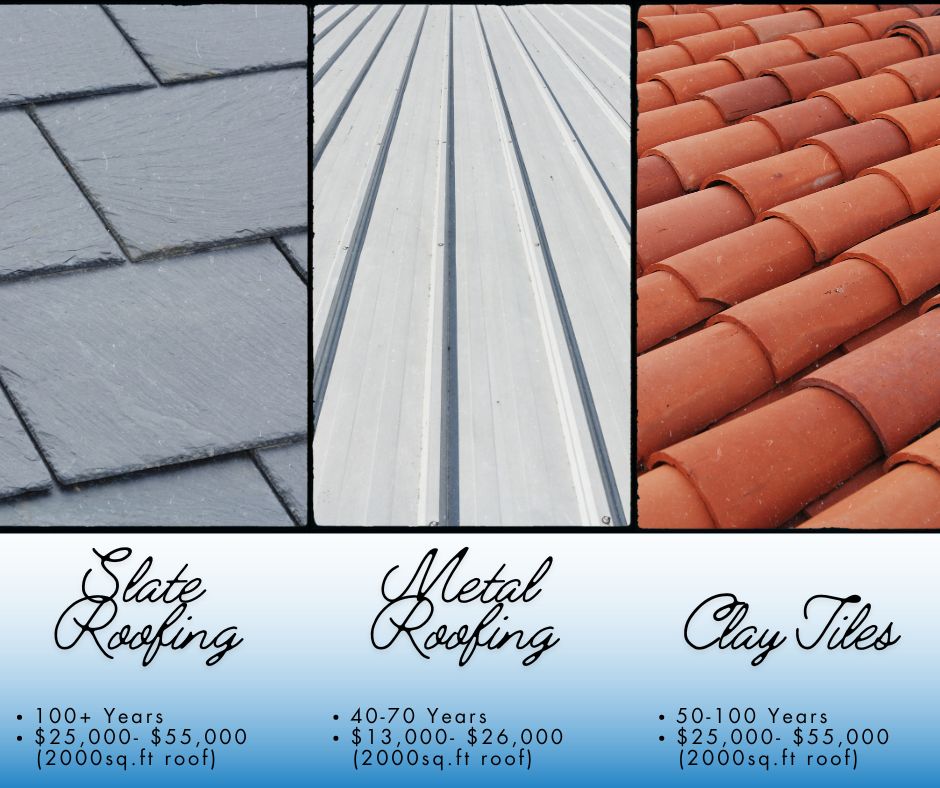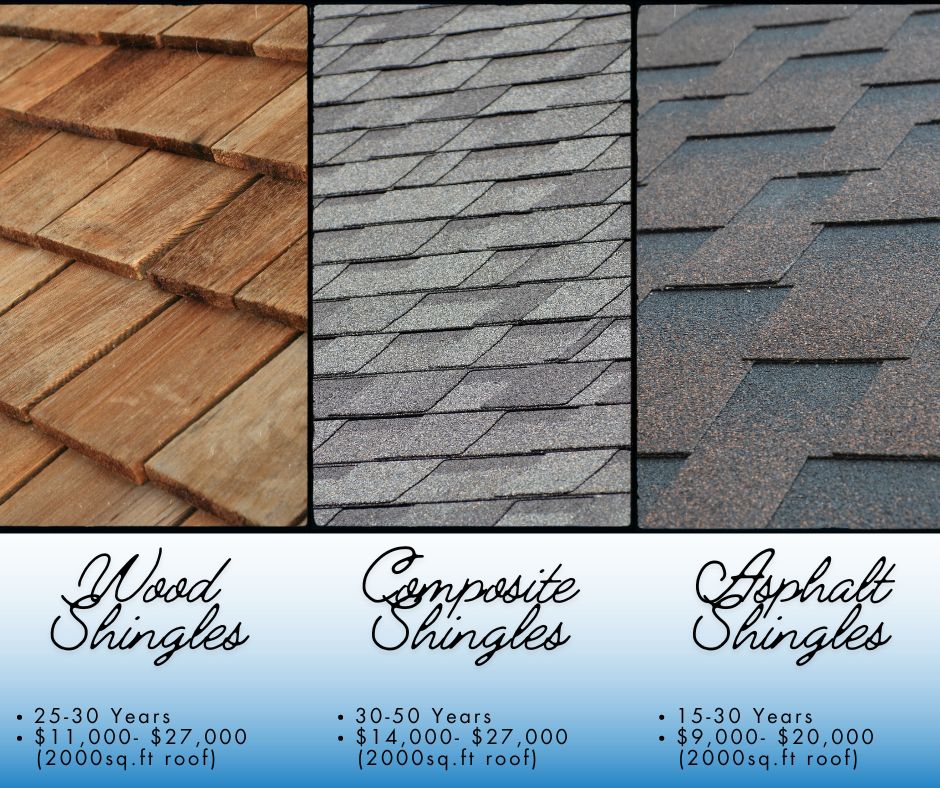Navigating Florida’s Home Insurance Roof Requirements: What You Need to Know

Living in Florida means being prepared for hurricanes and severe weather. Among the many concerns for homeowners during storm season, roofing damage ranks high on the list. With the turbulent home insurance market in Florida, understanding the requirements for home insurance and roofing becomes crucial for both insurers and homeowners.
Recent Changes and Legislation
At the start of 2022, many insurers began dropping homeowners or refusing to renew policies based solely on the age of their home’s roof, regardless of its condition. This created a dilemma for homeowners, as insurance is often required for mortgages, especially in a state prone to natural disasters like hurricanes.
To address these issues, the Florida state legislature implemented new roof requirements for homeowners’ insurance in May 2022. Under these regulations, insurers cannot deny coverage solely based on a roof’s age if it’s less than 15 years old. For older roofs, insurers must allow inspections to determine the roof’s condition. If the inspection shows the roof has at least five more years of useful life, insurers cannot reject coverage due to age.
Understanding Roof Types and Lifespans

Comparing the lifespan and cost of slate, clay tile, and metal roofing materials.
The choice of roofing material significantly impacts both the longevity of the roof and insurance costs. Here’s a breakdown of common roofing materials and their typical lifespans:
- Slate Roofing: Tops the chart in durability with a lifespan exceeding 100 years.
- Metal Roofing: Offers a lifespan of 40-70 years and is highly resistant to extreme weather.
- Clay and Concrete Tiles: Can last 50-100 years, ideal for hot climates or fire-prone areas.
- Wood Shingles and Shakes: Offer a rustic look with a lifespan of 25-30 years.
- Composite Shingles: Synthetic tiles designed to mimic natural slate or wood, lasting 30-50 years.
- Asphalt Shingles: The most common roofing material, cost-effective with a lifespan of 15-30 years.

Comparing wood shaker tiles, composite and asphalt shingles via cost and lifespan in Florida.
Roof Coatings: A Protective Layer
Roof coatings, such as acrylic or silicone, provide waterproofing and UV protection but may not meet insurance requirements for proof of roof replacement. These coatings can extend the lifespan of your roof and protect against weather damage.
Home Inspections: Ensuring Structural Integrity
Insurers often conduct roof inspections to assess structural integrity and risk factors. Factors such as roof material, age, and condition influence insurance coverage and premiums. Homeowners should stay proactive in maintaining their roofs to ensure they meet insurance requirements.
Cost Considerations for Roof Replacement
For a 2,000 sq foot roof, the cost varies depending on the material:
- Asphalt Shingle: $9,000 – $20,000
- Metal: $13,000 – $26,000
- Concrete: $25,000 – $46,000
- Clay: $25,000 – $55,000
- Slate: $25,000 – $55,000
- Wood (Cedar Shake): $11,000 – $27,000
Conclusion: Protecting Your Investment
Understanding Florida’s home insurance roof requirements is essential for homeowners to ensure adequate coverage and protect their property. By selecting the right roofing material, staying informed about legislation changes, investing in roof coatings, and conducting regular inspections, homeowners can mitigate risks, lower insurance premiums, and safeguard their homes against the unpredictable Florida weather.


